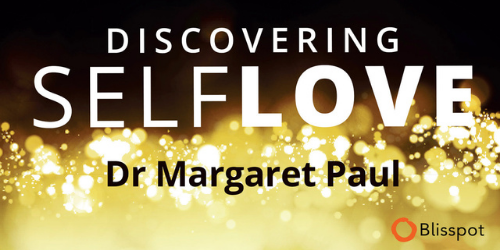If you were hurt as a child, you likely have trust issues that need to be healed.
Were your parents or caregivers trustworthy? Mine weren’t. I could not trust their love. I could not trust that they had my highest good at heart because they didn’t. They betrayed me over and over in many ways.
When we didn’t grow up with trustworthy parents—parents whose love we could count on and who had our highest good at heart—it’s a challenge to trust God—whatever God is for you. We tend to project our early experiences onto our concept of God and then believe that our higher power is not supporting our highest good.

In a Facebook post about God and love, someone said, “…love is love. ‘God’ is control.” This attitude is exactly what I’m talking about, and what makes me feel so sad. Obviously, the writer of that statement is projecting her experience of her controlling parents, or others who controlled her, onto her concept of God, and now she has no trust in God.
How do we learn to trust again, when our trust was betrayed over and over?
Learning To Trust
I use numerous methods to heal trust issues:
- Looking Back
I encourage you to think about who in your life was trustworthy. Did you have a grandparent or other relative, a family friend, a religious leader, or a teacher whose support you could count on? If there wasn’t a person, was there a pet you could turn to for comfort?
If there was one being whom you could count on, try thinking of God in terms of the being you could count on, rather than projecting onto God the people who betrayed your trust.
I also encourage you to think about the good things that have happened for you in your life. When I look back, I can see how God supported me over and over again in many different situations in my life. Remembering these important times is very helpful in learning to trust my concept of God.
- Picking Trustworthy People
Today, as adults, we have choices about whom we want to spend time with. Intentionally picking people whose support you can count on goes a long way toward healing trust issues.

- Testing Your Guidance
It took me a number of years of testing my higher guidance before I could develop even a bit of trust in God. Today, my loving adult fully trusts that I am not alone and that the love that I experience as God is always supporting my highest good. However, by definition, our wounded self is the part of us that cannot connect with a source of spiritual guidance. This part will never trust that anything in spirit is here for us or even that the love that is spirit exists. When we feel we can’t trust our higher guidance, it is a sure sign that our wounded self has taken over.
- Becoming a Trustworthy Loving Adult
Each time we allow our wounded self to take over, we undermine our trust in ourselves. Each time we choose to show up as a loving adult, connected with our higher source of love and wisdom, supporting our own highest good and the highest good of others, we build trust in ourselves and God. We must become trustworthy, in terms of taking loving care of ourselves, in order for our trust issues to heal.
Part of this means trusting our feelings—trusting that our wounded feelings of anxiety, depression, guilt, shame, anger, emptiness, aloneness, jealousy, and envy are telling us that we are abandoning ourselves in some way. These feelings let us know when we are being untrustworthy with ourselves, and if we use them to learn, and do Inner Bonding whenever we feel any wounded feelings, we gradually become a more trustworthy loving adult.
It is my experience that life constantly challenges us to go deeper into trusting ourselves and our spiritual guidance. The more we consciously ‘Let go and let God,’ the more we learn to trust our own inner knowing and trust that we are never alone—that we are always being guided in our highest good.
To learn more about healing your wounded self, connecting to your core self and taking loving action to feel empowered see: Discovering Self-Love








